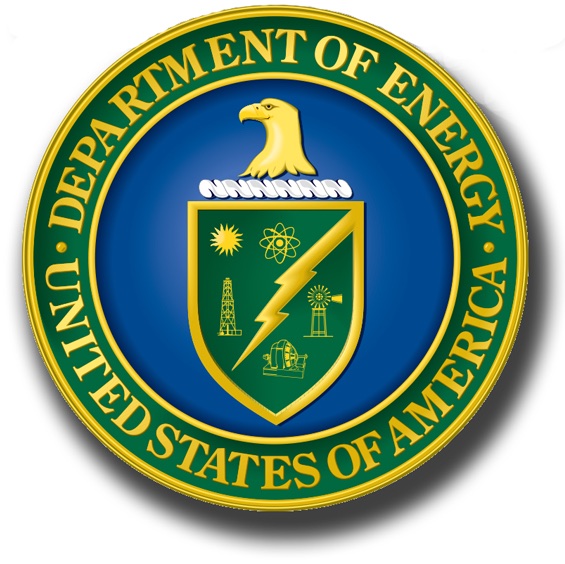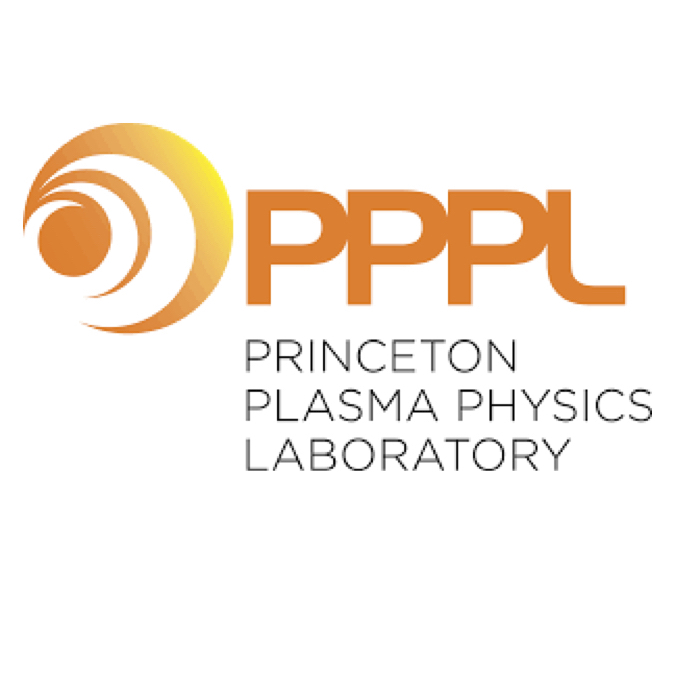Enabling Model-based Scenario Control in EAST by Fast Surrogate Modeling within COTSIM
Z. Wang, E. Schuster, T. Rafiq, Y. Huang, Z. Luo, Q. Yuan, J. Barr
Fusion Engineering and Design 215 (2025) 114969
|
Abstract
|

|
The Control-Oriented Transport Simulator (COTSIM) is a fast, modular code designed to predict the evolution of
both equilibrium and internal profiles in the EAST tokamak. Built on MATLAB/Simulink®
, COTSIM is tailored for iterative control design, making it suitable for applications such as pulse design, feedforward scenario
optimization, feedback-control testing prior to implementation, and real-time estimation and optimization.
Recent advancements have enhanced its prediction accuracy for EAST while maintaining computational
efficiency through the integration of neural-network-based surrogate models for the Multi-Mode Anomalous
Transport Module (MMM), GENRAY/CQL3D (Lower Hybrid Wave [LHW]), and NUBEAM (Neutral Beam
Injection [NBI]). Additionally, the transport solver has been coupled with both fixed-boundary and free-
boundary equilibrium solvers. This study demonstrates the development and testing of model-based optimal
feedback controllers in COTSIM simulations. These controllers regulate key plasma properties crucial for
advanced tokamak scenarios, including the safety factor (𝑞) at various spatial locations, plasma internal energy
(𝑊), normalized beta (𝛽𝑁), and internal inductance (𝑙𝑖). Control actuators include plasma current, plasma
density, low-frequency (2.45 GHz) and high-frequency (4.60 GHz) LHW powers, and individual NBI powers. To
validate these control algorithms, experimental testing has been conducted on EAST. Results from simulations
and experiments demonstrate the ability to regulate scenario-defining plasma properties, suggesting COTSIM’s
utility as a tool for advanced tokamak control development.








